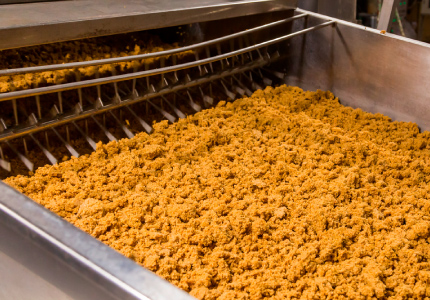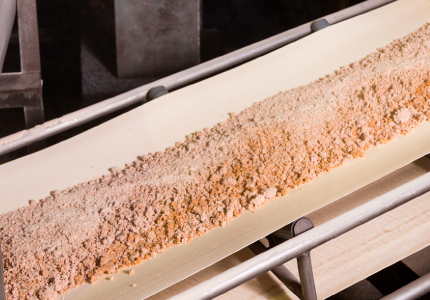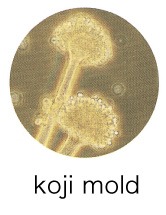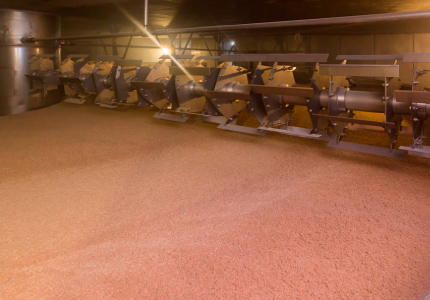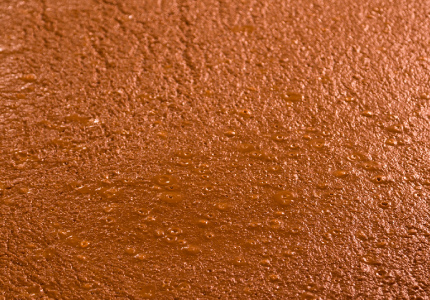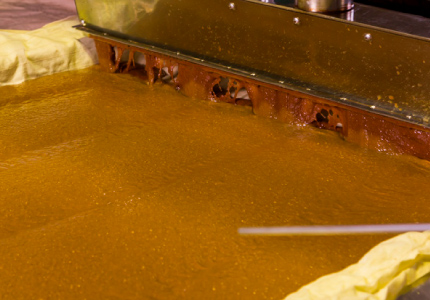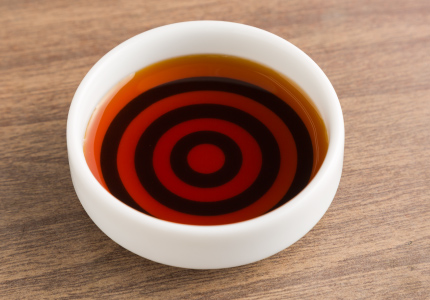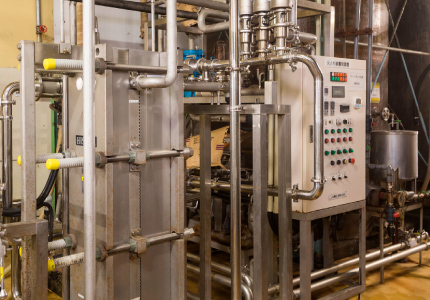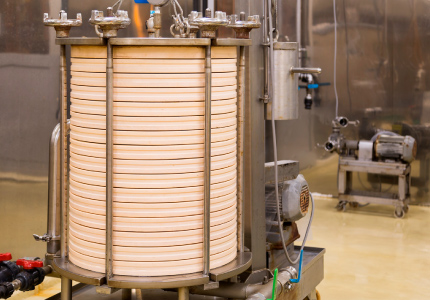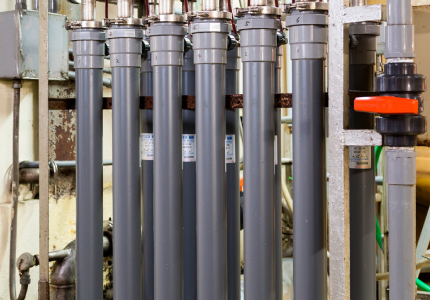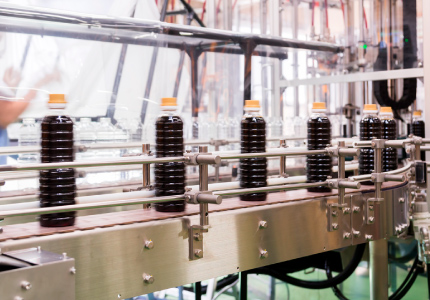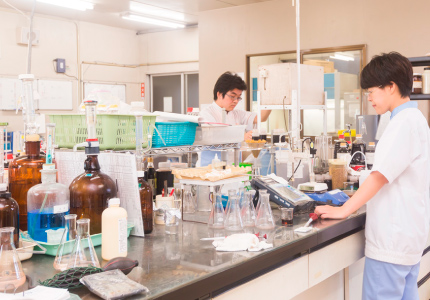Do you know how to use
raw materials to make delicious soy sauce?
~What makes soy sauce? Tiny, invisible fungi~

The charm of the seasoning we know as soy sauce essentially comes from color, flavor, and aroma. The taste mainly comes from soybean proteins, and the aroma from wheat starch. Both are born from the actions of microorganisms. The color is born from a combination of amino acids derived from the proteins, and glucose derived from the wheat starch. Salt is used to control the actions of microorganisms such as koji mold, lactic acid bacteria, and yeast.
All the raw materials work together to slowly ferment and create soy sauce.

